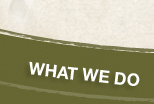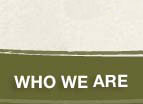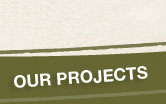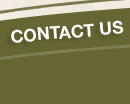“Your ethnographic work provided my team with many really deep, key insights beyond what consumers were doing but why they were doing them…The products we developed received unusually strong purchase interest scores two to three times higher than company action standards and were among the highest ever tested by our company…Your insights drove everything about the product from what it is and exactly how it was designed to the price, where it goes on shelf, and how you talk about it on pack, in catalog copy and in ads.”
-Marketing Director at an office and industrial solutions provider
 Ethnography means trying to understand behavior and culture by going out and talking to and observing people wherever they are, while they’re doing whatever they do. It means entering someone’s world for a while, be it a couple of hours or a couple of days, or like our anthropological forefathers and foremothers, a couple of years.
Ethnography means trying to understand behavior and culture by going out and talking to and observing people wherever they are, while they’re doing whatever they do. It means entering someone’s world for a while, be it a couple of hours or a couple of days, or like our anthropological forefathers and foremothers, a couple of years.
A major difference between ethnography and other types of research is the depth and intimacy of our work. We get up close and personal with our research participants. By spending time with people as they go about their daily lives, we develop a better understanding of the cultural significance of various products, services, or medical conditions and treatments, and get a first-hand look at how people respond to, and are affected by, their social surroundings. We talk to individuals and families about broader issues that affect them, we watch the world with a telephoto lens, we listen and we learn. We do all of this where the action normally occurs: in their home, at their work, at the hospital or doctor’s office, at the grocery store, at the local gym, or wherever things are happening.
We don’t go into the field with too many preconceived notions or with scripted questions, but this doesn’t mean we go into the field unprepared. We identify general topics or categories we want to understand to help meet our clients’ business objectives. Based on these topics, we let our participants lead the way. They tell us what is important, not just with their words but also with their actions. Because of this, our results are much more vivid and real. Like oils compared to watercolors, our findings are richer and deeper than those produced by more traditional research methods like focus groups. Our clients find our insights not only actionable, but also hard-hitting and memorable. Our findings typically provide strategic platforms for future business in addition to answering current questions.








You must be logged in to post a comment.